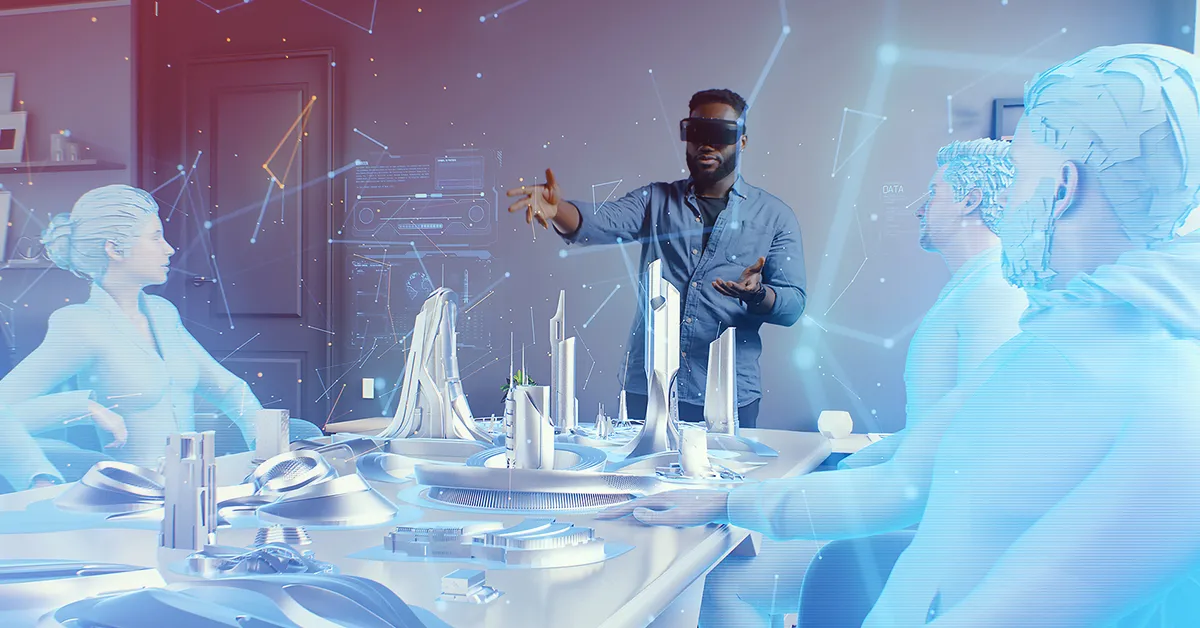In our brochure “Unlocking the metaverse” we describe (among other things) our vision of the metaverse and the key characteristics it’s built upon. Rather than being a single place and point of contact, we believe that the metaverse will be a web of many interconnected services, environments, and experiences.
A true metaverse, therefore, requires true interoperability (e.g., powered by the blockchain) with virtual goods, ownership records, and identities that can travel between digital worlds.
By its nature, metaverse interoperability also creates opportunities for products and services that specialize in specific metaverse components. Ready Player Me is such a service for metaverse avatars. The platform streamlines all activities around virtual avatar creation, use, and monetization. The service focuses on all parties involved in the developing avatar economy: Users, developers, and brands.
Users can create a 3D avatar from a webcam selfie or portrait picture. They can then adjust it to their liking using hundreds of customization options or owned NFTs – for instance, import virtual fashion products. Once created, the avatar can be used in over 3,700 (at time of writing) supported apps and games.
An avatar is created in a few minutes and can be adopted as a single identity across compatible metaverse experiences. Developers no longer have to spend valuable development time for avatar creation but can build on the avatar system Ready Player Me has created instead.
Brands that want to either create whole avatars or specific virtual goods for avatars – such as clothing or accessories – can be listed on the marketplace to drive more traffic to their product. Soon, they’ll also be able to generate additional revenue by selling premium avatar assets and skins to users. They’ll be able to this through an interoperable avatar marketplace, rather than across scattered and isolated metaverse experiences.
The result? Instead of being stuck in a single experience, virtual users can create an avatar they identify with through the service, buy avatar skins and accessories they like, and then use their avatar across the metaverse.
Commercially, the above example clearly shows how the metaverse creates significant opportunities for new business models focusing on specialization and interoperability. These “interoperability as a service” business models will continue to grow as the metaverse thrives. Virtual avatars are likely just one example of many to follow – both in B2C and B2B environments.
In addition, it shows how consumer expectations towards virtual environments and digital goods are changing. As new web3 ownership primitives continue to enable true possession of digital goods – similar to what we’re used to with physical objects – consumer value drivers around digital products will change.
This will continue to influence how digital business models will need to be created (especially around virtual goods) and change how go-to-market-strategies are constructed.










